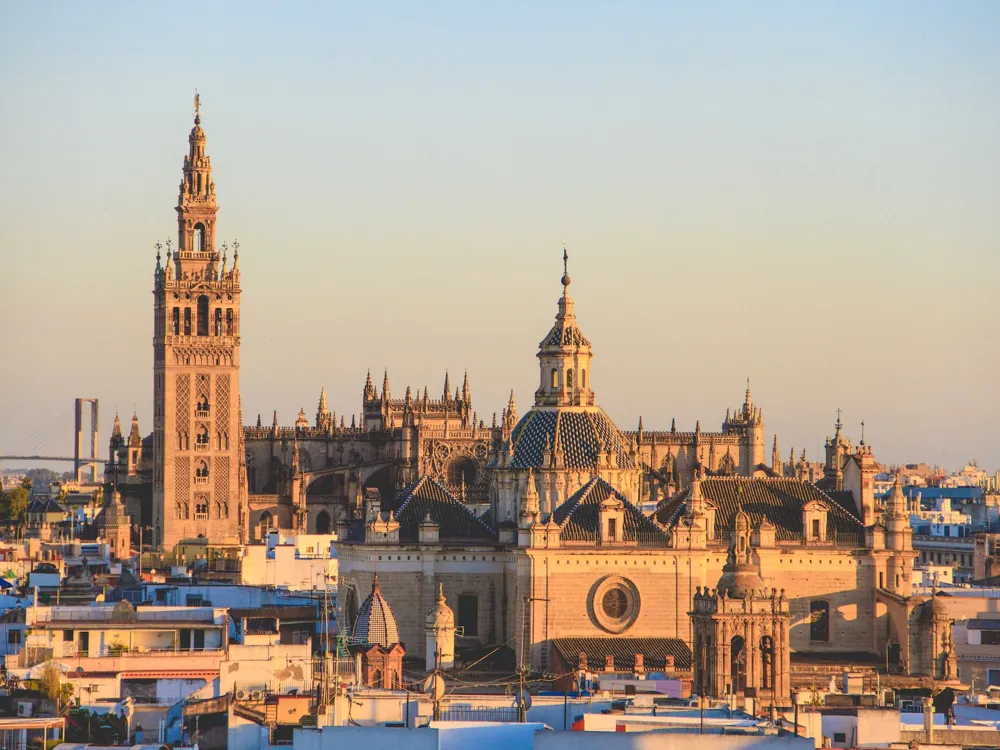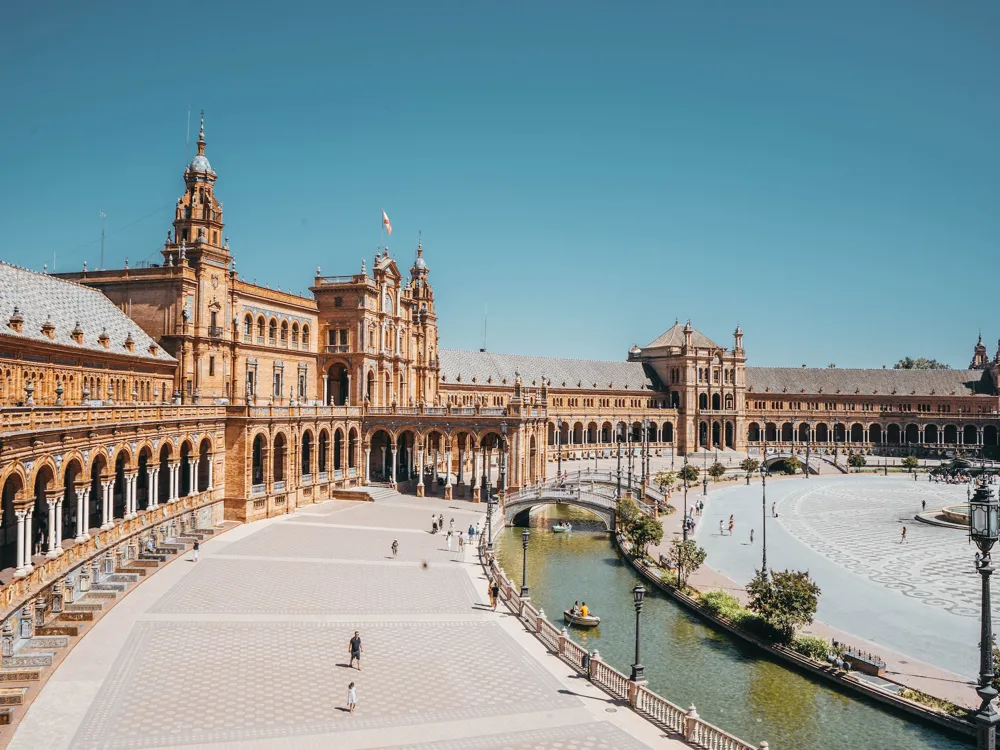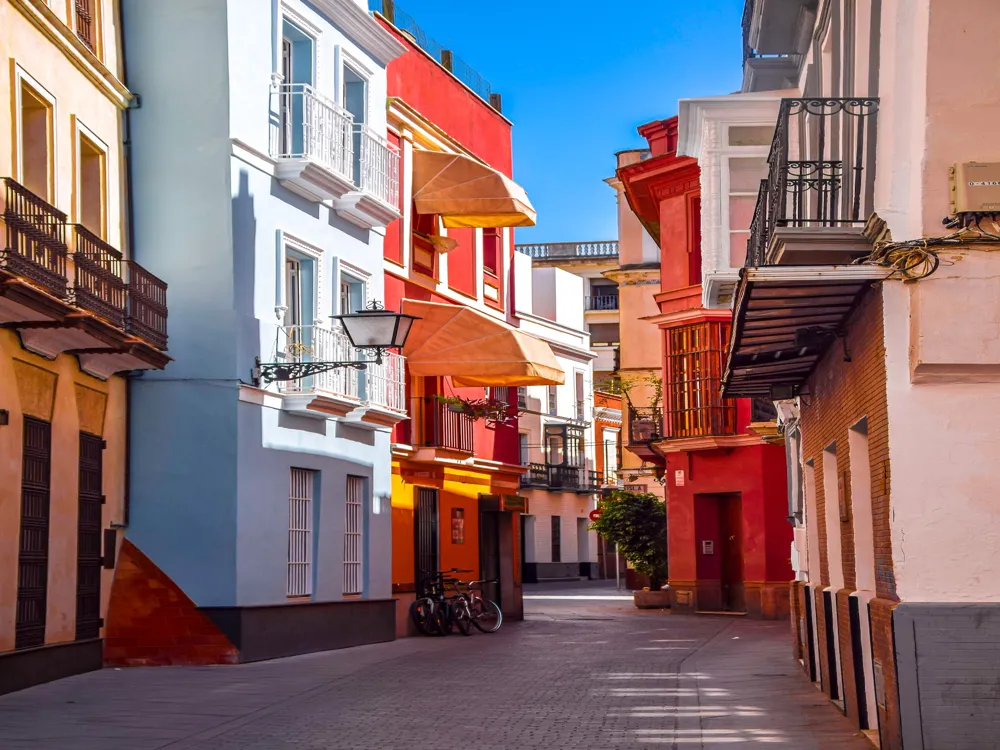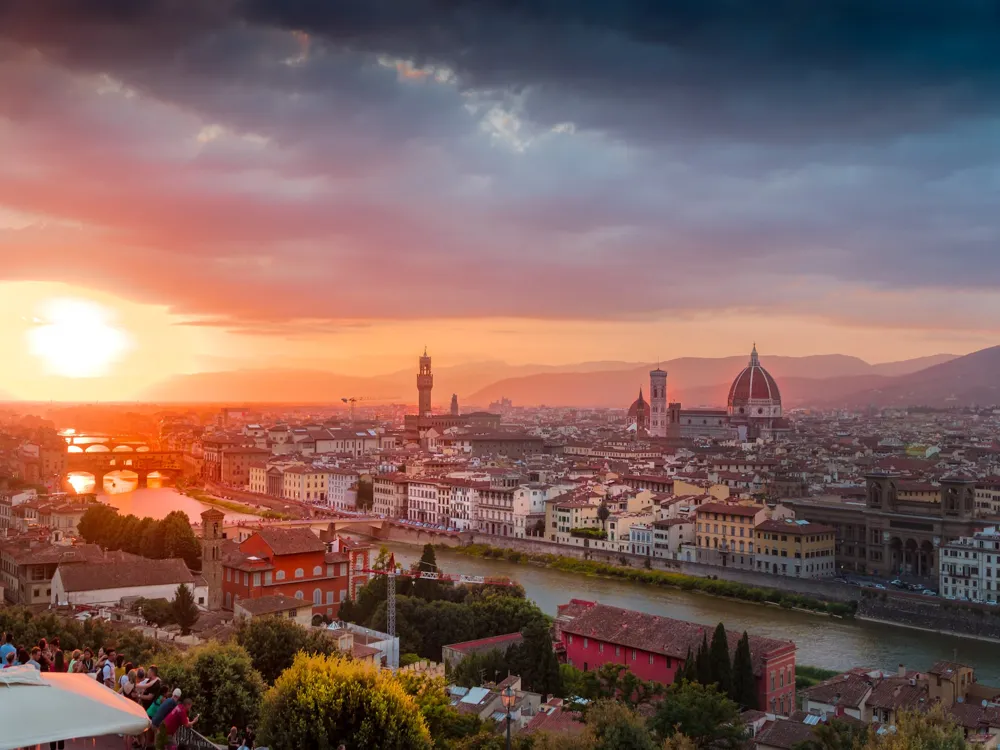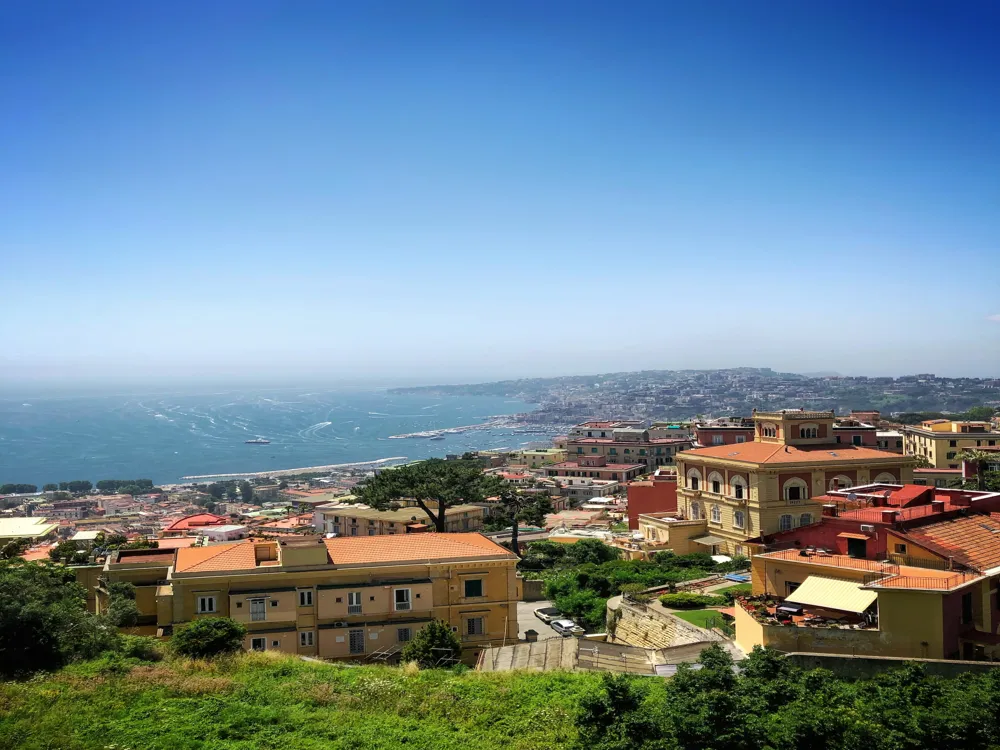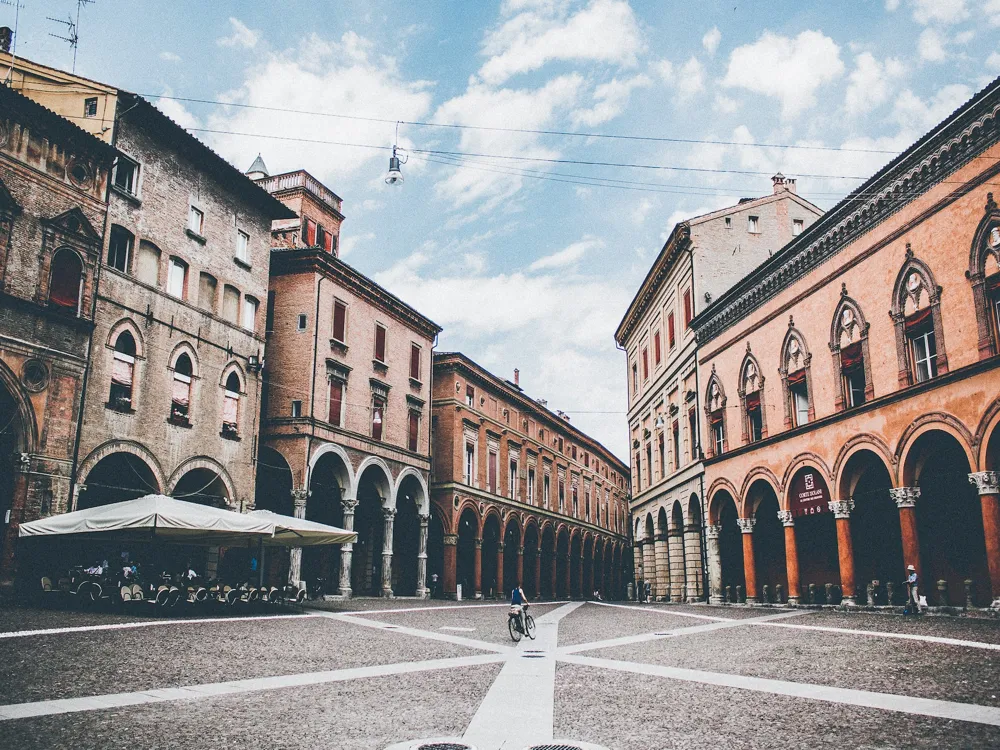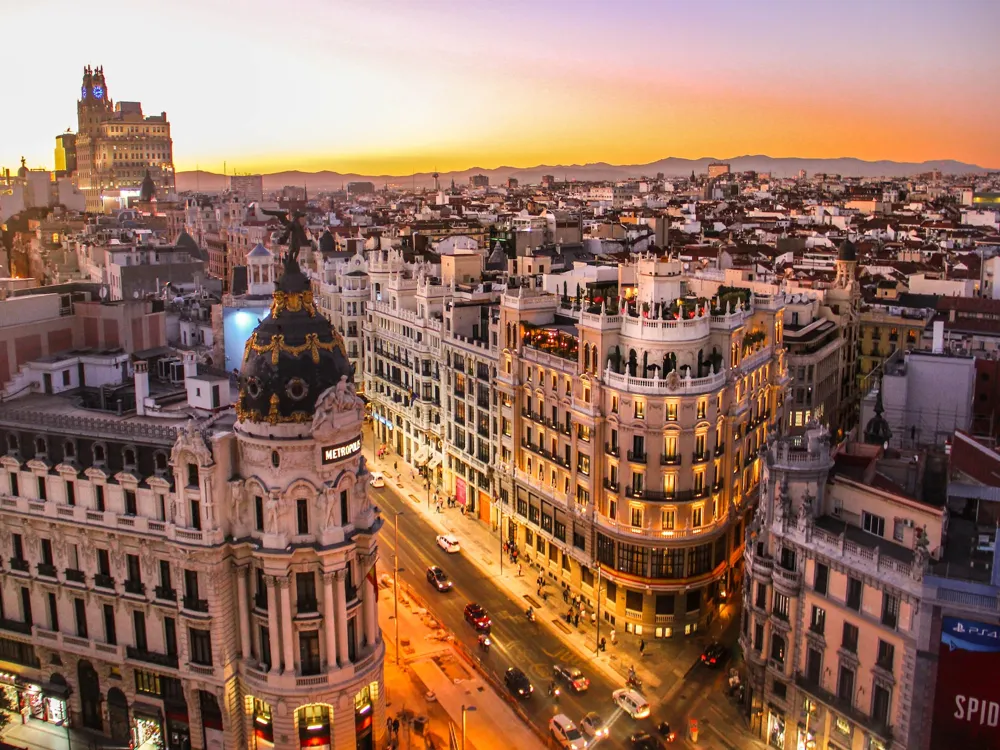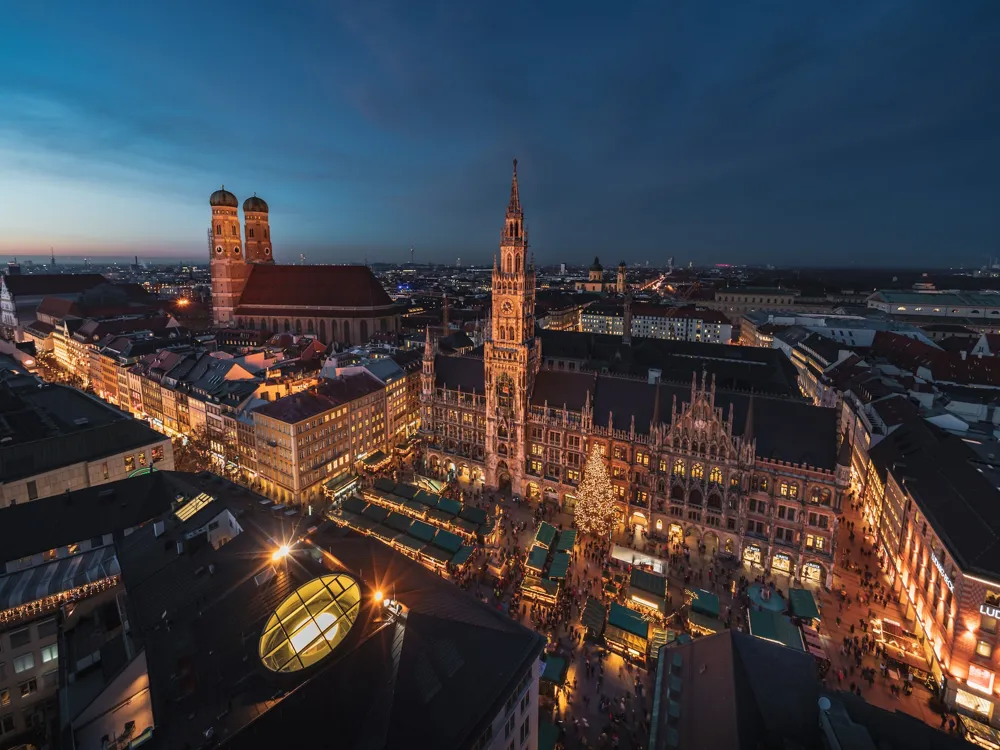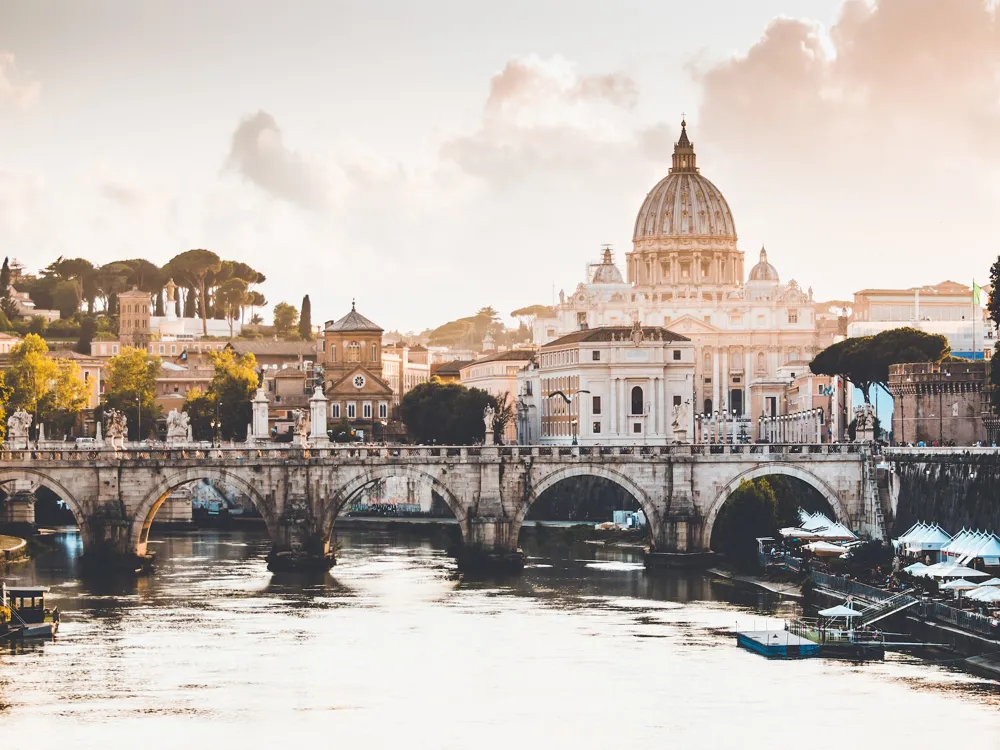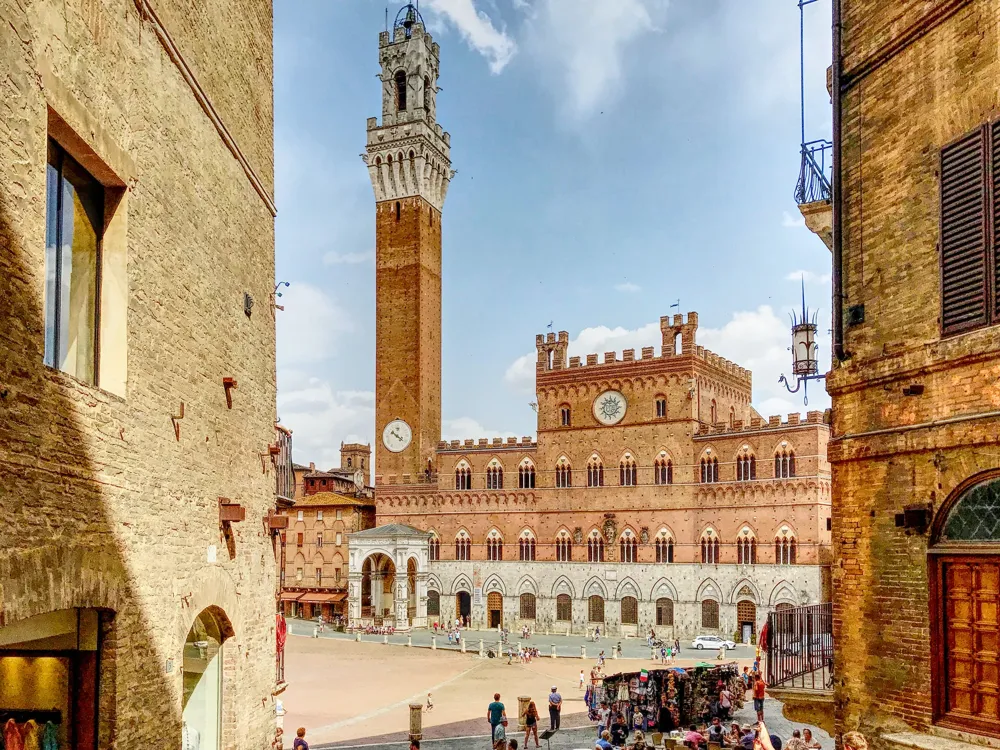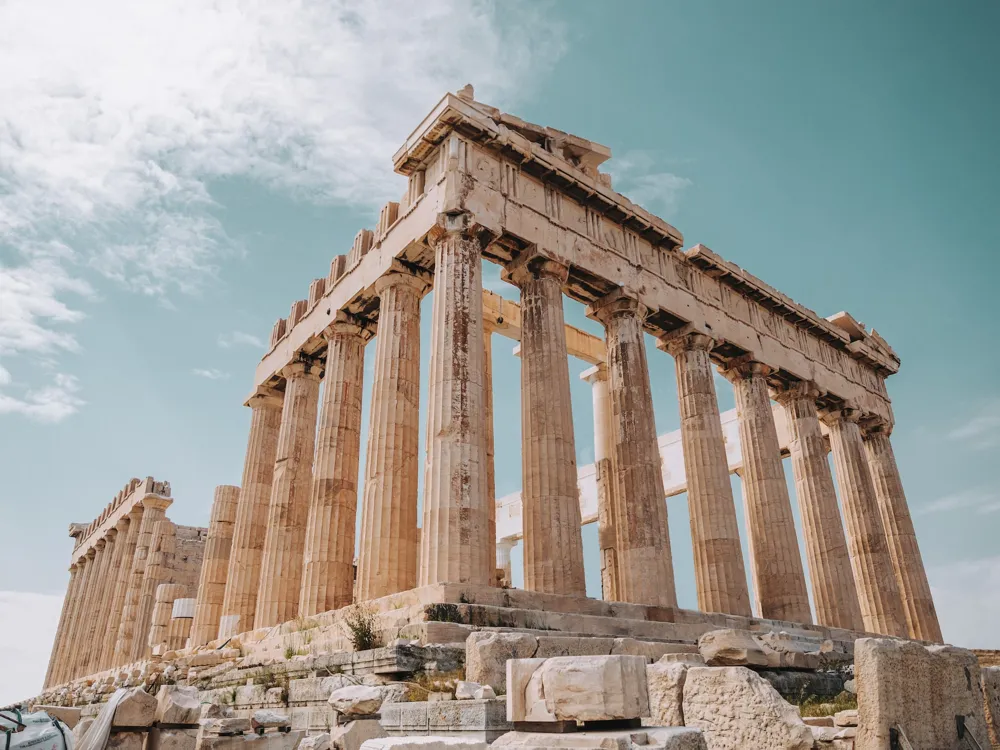Plan Your Travel To Seville
Places To Visit In Seville
La Giralda
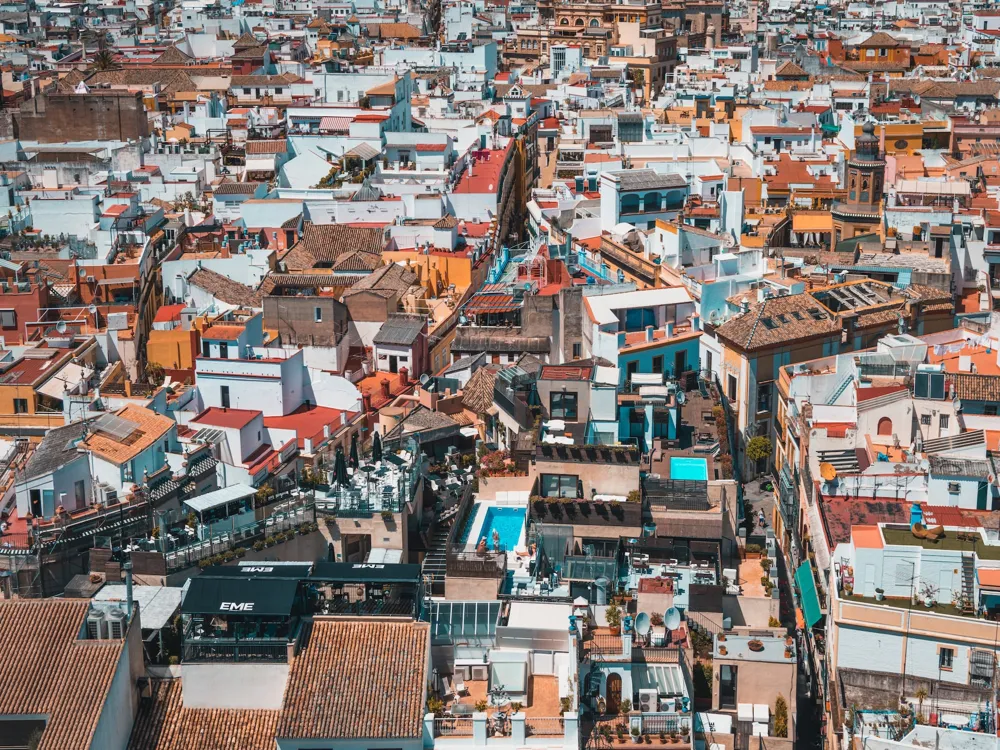
Originally meant to be the chief mosque in Seville, La Giralda is a magnificent minaret tower of the Cathedral and is famous for being the symbol of Seville. A panoramic view of the city at its best can be viewed from the top of the tower. It is one of the UNESCO World Heritage Sites.
La Giralda, icon of the city is a magnificent building which had been the tallest one in the city for over 800 years. It dominates the entire skyline with a robust height of 103m. In 1195, it was originally built as a part of the Aljama mosque, but now it is the bell tower of the Cathedral. Girar, in Spanish, means to turn, and the name Giralda refers to "she who turns". It was named after the weather vane located at the top of the tower, which also has a statue representing faith, called El Giraldillo. Visitors are allowed to climb up to the bell chamber in order to get brilliant views of the city. The Alcazar and Barrio Santa Cruz are best scene from this place. La Giral also offers a bird's eye view of the Cathedral of Seville. One needs to walk up a series of steps with 35 ramps, which are pretty wide enough.
Read More
Metropol Parasol
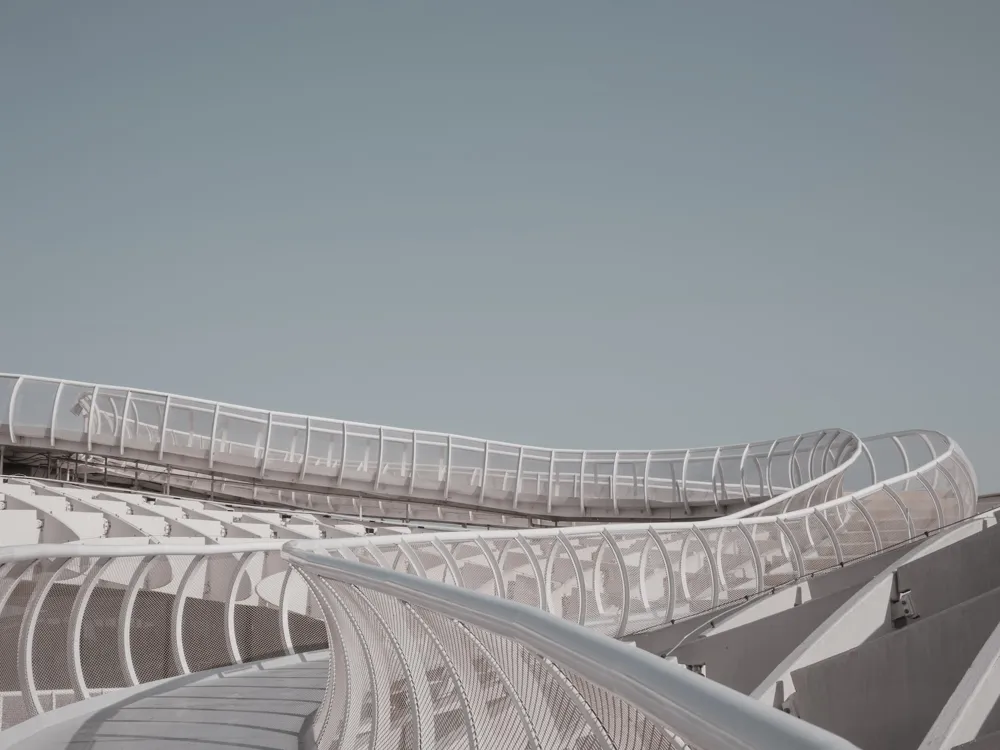
The famous wooden structure located at La Encarnacion square, Metropol Parasol was designed by German architect Jurgen Mayer. It has a dimension of 490ft by 230 ft. and it is approximately 85ft in height. It is known to be the largest wooden structure in the world. The building is also known as Las Setas de la Encarnacion.
The construction for this huge wooden structure was started in 2004 and it was finally completed in 2011. It is a device used for revitalising the Plaza de la Encarnacion, which is one of the most popular tourist attractions in the city. Metropol Parasol contains six parasols, each built in the shape of a giant mushroom. The design of this structure is inspired by the Seville Cathedral and the ficus trees in the nearby areas. There are four levels in the Metropol Parasol, in which the underground level has the Antiquarium, which is a museum that displays Roman and Moorish remains discovered on the sites. The Level 1 of the structure houses the Central Market, whose roof is the surface of an open air public plaza. The second and third level are panoramic terraces that offers outstanding view of the city centre. There is also a restaurant housed in the parasol. The podium is generally offered for events and concerts. The main idea of the Parasol was to offer shade, as that is something not found much in Seville. Mayer's Parasol is considered as a marvel in architecture.
Read More
Museo de Bellas Artes
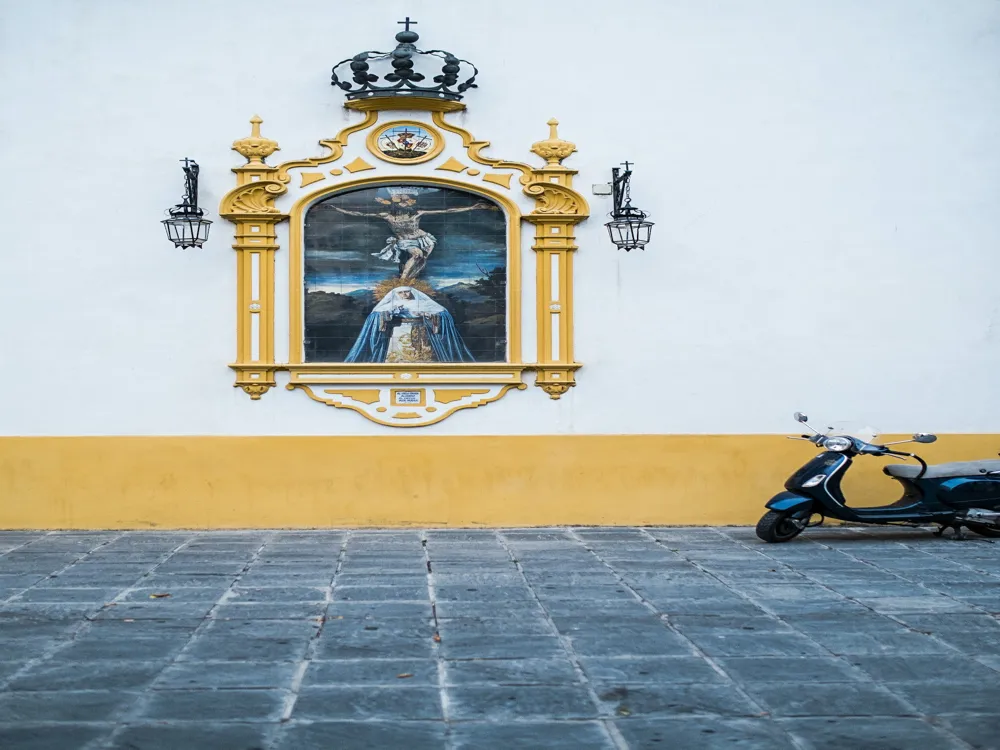
Museo de Bellas Artes is considered to be the second most important museum on fine arts in Spain. It has a collection of Spanish visual arts from the medieval age to the 20th century, with works of great artists like Murillo, Valdes Leal and Zurbaran.
Housed in the beautiful, old Merced Calzada Convent, the Museo de Bellas Artes has a huge collection of art works hailing from the Gothic period through to the modern day artworks. The paintings of artists from the Golden Age are exhibited here. The most famous artists include Murillo, Francisco de Herrera the younger, Zurbaran and Valdes Leal. The building was originally built in 1594, but the museum was founded after desamortizacion of religious convents and monasteries in 1839. The old building was remodelled in the 17th century by famous architect Juan de Oviedo y de la Bandera. Also known as the Seville Museum of Fine Art's collection, it has numerous rooms where the paintings and sculptures are displayed. The most famous artworks in the museum are Inmaculada concepcion grande by Murillo, Cristo crucificado by Zurbaran and Cabeza de apostol by Velazquez.
Read More
Museo del Baile Flamenco
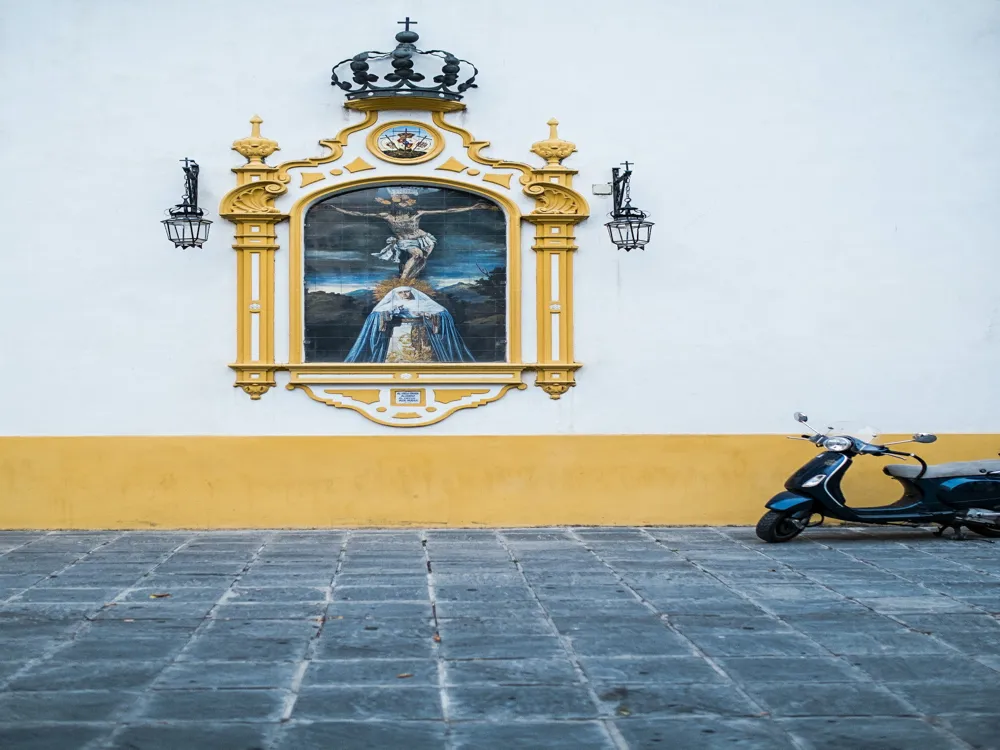
Museo de Baile Flamenco is a Flamenco Dance Museum of Cristina Hoyos that offers a brilliant experience to all its visitors with amazing music, ambience, videos and artefacts. This 18th century building is located in the centre of Barrio Santa Cruz. There is a spectacular show hosted in the museum on Fridays and Saturdays.
Located near the Cathedral of Seville in the city centre, the Museo del Baile Flamenco is a museum dedicated to the most popular traditional dance of Andalusia, flamenco. It is the first and the only museum that focuses entirely on flamenco. Founded by world famous flamenco dancer Cristina Hoyos in 2006, the museum provides a glance at the cultural heritage of Andalusia. With many high tech screens and interactive interfaces, the museum provides information about the history of the dance form, the development and the various style and techniques of the dance. Housed in the 17th century Sevillian palace, the museum consists of 4 floors, each of which has its own theme and function. There are museum tours conducted in four languages, Spanish, French, English and German. Workshops and classes are also organised here. There is also an interesting souvenir shop with unique garments and books.
Read More
Parque Maria Luisa
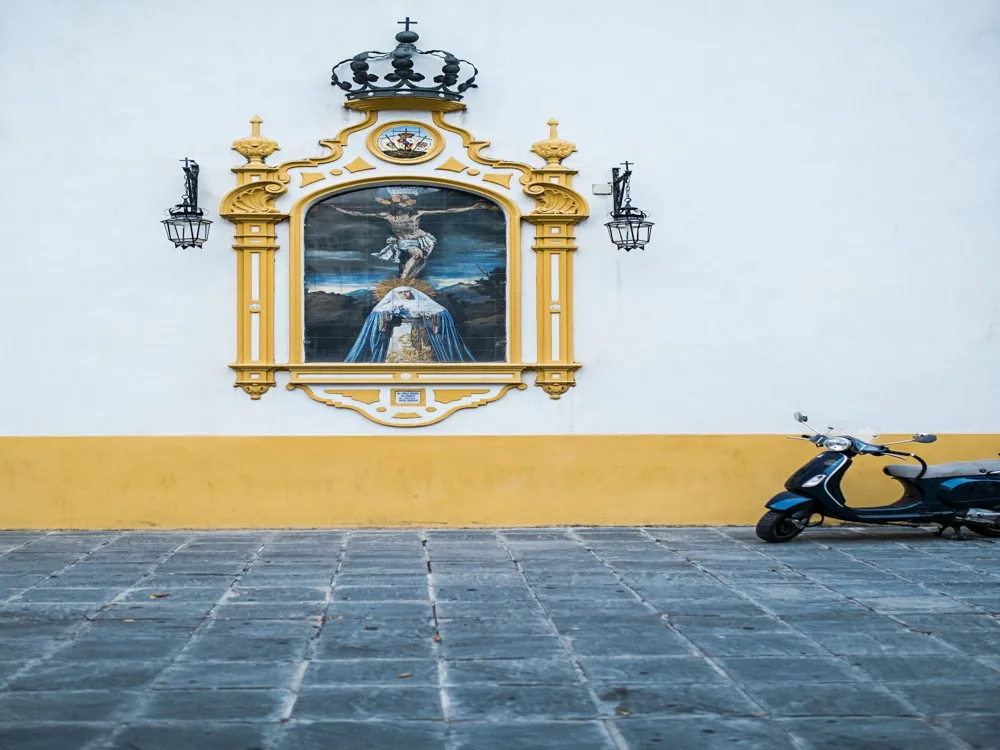
Stretching along te Guadalquivir River in Seville, the Parque Maria Luisa is the principal area of greenery in the town. It is a public park spreading over an area of 100 acres. It was designed by Jean- Claude Nicolas Forestier.
Built on the site of the gardens of Palace of San Telmo, the Parque Maria Luisa is one of the places where one can seek greenery and fall in love with nature, when tired of the bustling city life and buildings. Forestier designed the park in 1911, to what it is now today. Architect Anibal Gonzalez began to construct the Ibero- American Exposition of 1929, in 1914. The park also serves as the botanical garden for the city, with different species of flowers, plants, etc. The park is home to a lot of birds as well, especially doves. The main attractions within the park include the monuments like Monument to Gustavo Adolfo Becquer, Monument to Miguel de Cervantes, the Fountain of the Lions and a few others. There are also a lot of buildings within this park like the Plaza de Espama, Queen's Sewing box, Archaelogical Museum of Seville, Seville Public Library and others.
Read More
Plaza de Espana
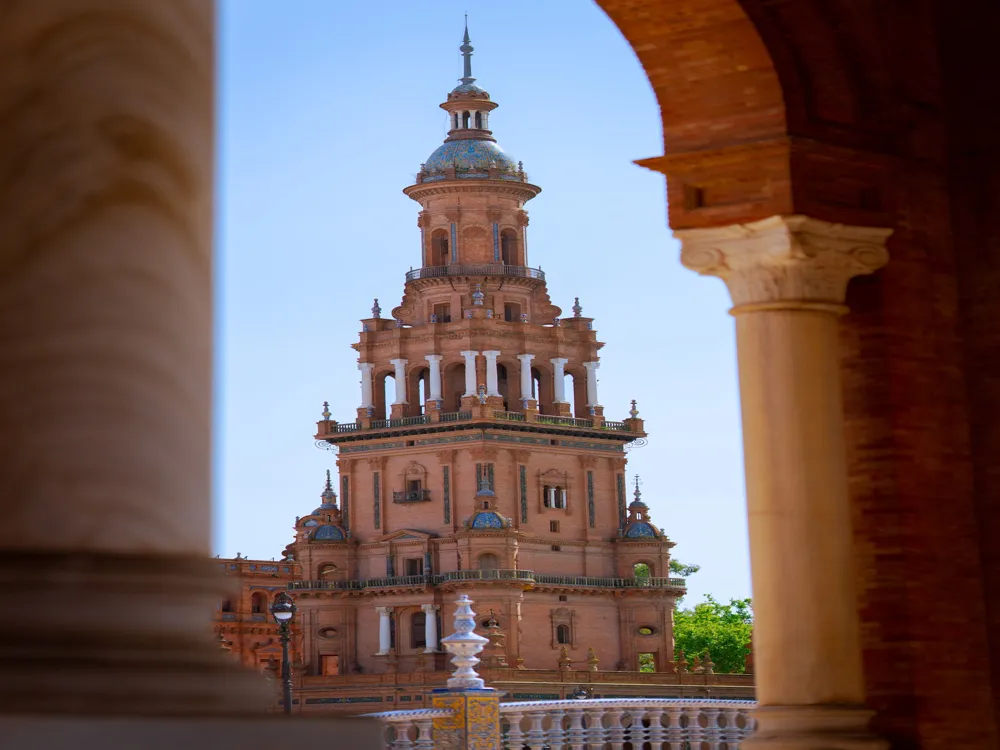
Filming location of the famous movie Star Wars, Plaza de Espana is the site from 1929 exhibition of the Spanish pavilion.
Plaza de Espana is one of the most popular landmarks of the city of Seville because of its grandeur. Spreading over 50,000 square meter, the Plaza de Espana is surrounded by balconies constructed in the Renaissance Neo Moorish style. The building, semi circular in shape, curved around and follows the shape of a canal which runs through the square. There is a beautiful fountain which highlights the area while the canal is flowing peacefully nearby. There are four footbridges over the canal. The option of renting rowboats for the tourists is available, and they can explore the "Venice of Seville" through that. Another highlight of this area is the horse drawn carriage rides for the tourists through the park.
Read More
Plaza de Toros de la Maestranza
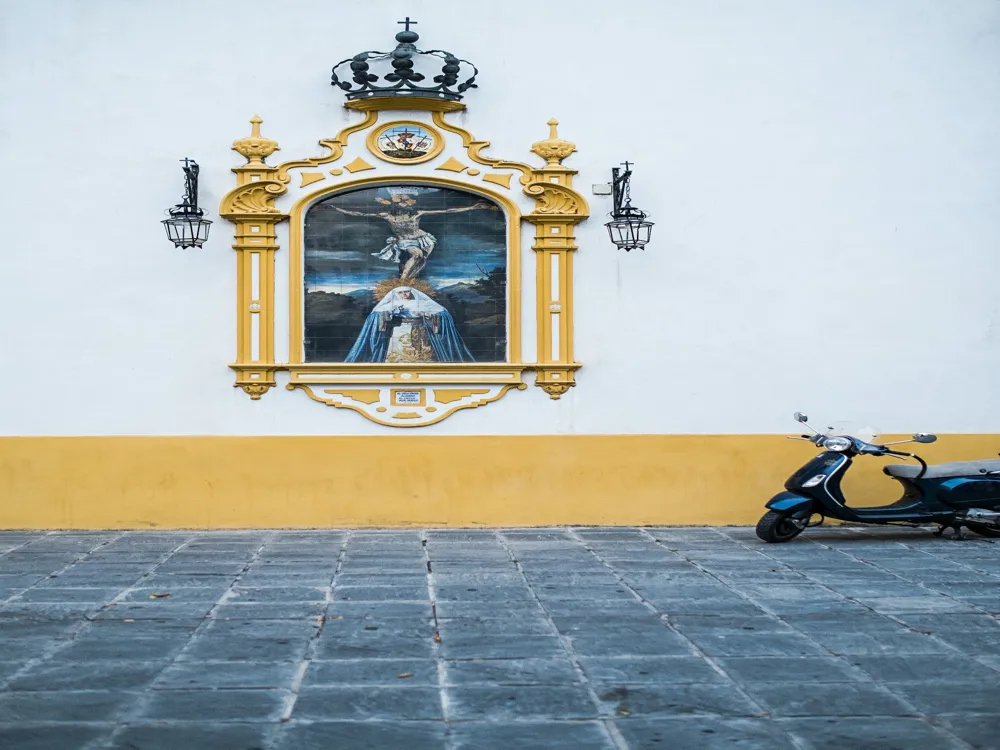
It's not for the faint-hearted. If you want to witness bullfighting in its optimum form, this is the place to be. There is also a museum of bullfighting to spend some time on. It is one of the most attractive bull arenas in Spain.
Plaza de Toros de la Maestranza houses one of the finest bullrings in Spain, and also one of the oldest ones. Highly popular among the Spanish, especially in Seville, the Catedral del Toreo is the best place to experience the thrill of corrida (bullfight). The building has an impressive Baroque facade and the arena can accommodate about 14,000 people. Puerta del Principe is the beautiful main entrance with iron gates, made by Pedro Roldan. There is also one small and interesting museum in the plaza which traces the history of the sport from 18th century to the modern times. It has a nice collection of posters, costumes and bull heads, along with some paintings by Juan Belmonte and Joselito El Gallo, two famous bullfighters. The main season for corrida is from Easter Sunday to 12 October, and it has almost 20 fights as a whole. Overlooking the river Guadalquivir, the Plaza de Toros de la Maestranza is located on Paseo de Colon.
Read More
Real Alcazar
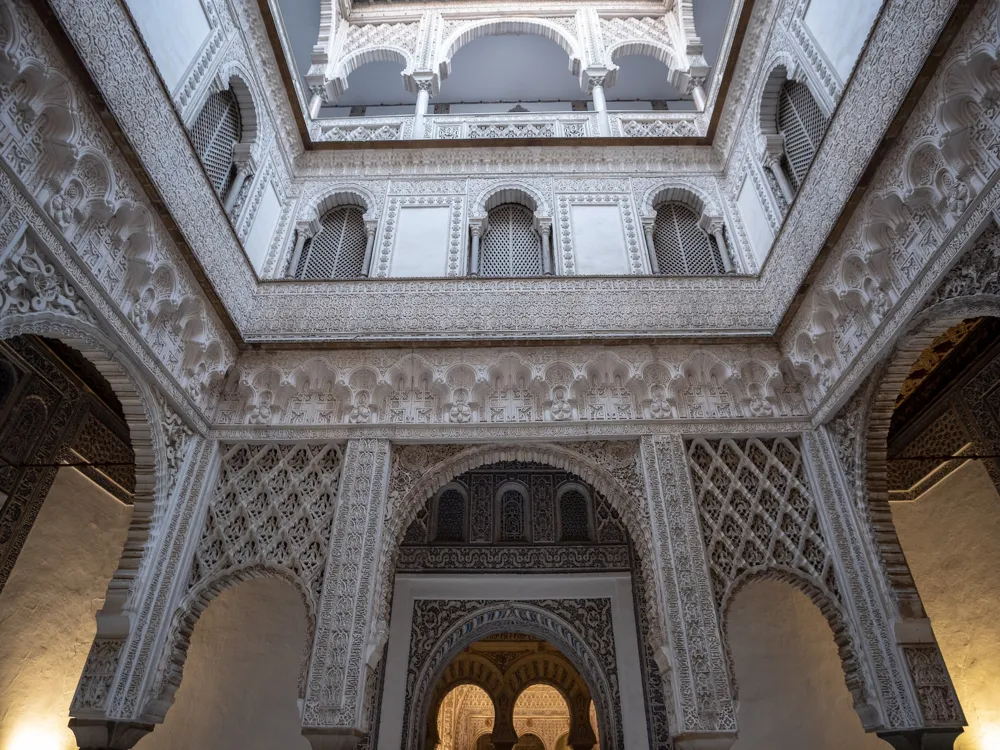
Built in the fifteenth century by Pedro I the Cruel, the Real Alcazar is a stunning palace constructed in Moorish style of architecture. With lush green gardens, ponds and huge rooms, the palace is a perfect place to visit. It is one of the famous UNESCO World Heritage Sites in Seville.
The palace also holds a room from where Christopher Columbus's journey to America was planned. The Real Alcazar in Seville was originally the fortress of the Moorish kingdom and later it was taken over by the Christian kings. The palace was constructed in the 10th century for the Moorish kings. After 1360, it was conquered by the Christians and the Moorish architects created Mudejar style of buildings for King Pedro the Cruel. The entrance of the palace is known as the Puerta Principal which leads way to the Patio de las Doncellas. There is an elegant courtyard within the area which is built in Islamic architectural style with huge arches and arabesque work on the 52 columns. Sala de los Embajadores, the oldest room in the palace, has a beautiful dome ceiling with Arabic inscriptions engraved on them. Sala de Audiencias is one of the most decorated rooms in the palace which also has an artesonado( intricately carved wood) ceiling. The gardens in the palace ground are really beautiful and those are filled with different kinds of flora.
Read More
Seville Travel Packages
View All Travel Packages Seville
Nearby Places Seville
Browse Package Collections
Browse Hotel Collections









